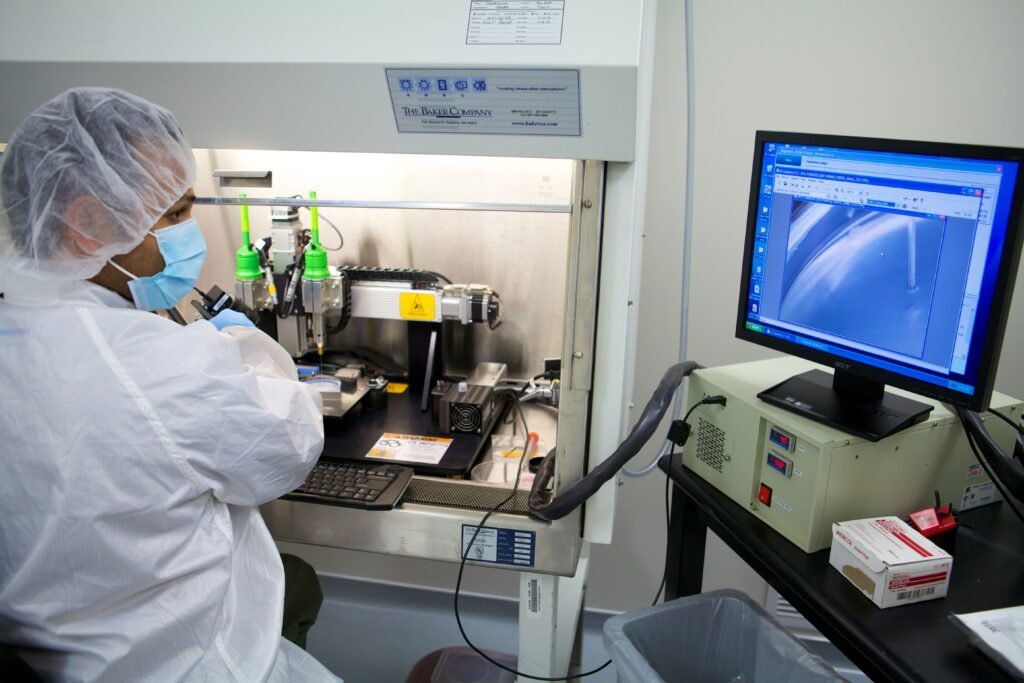The landscape of medicine is changing faster than many of us realize. Right now, in labs around the world, scientists are building human organs piece by piece, printing blood vessels like they’re printing documents, and teaching pig hearts to beat inside human chests. We’re witnessing nothing short of a biological revolution that could make organ shortages a thing of the past. Using stem cells as raw materials and 3D bioprinters as tools, researchers are inching closer to creating fully functional hearts, kidneys, and livers. Breakthroughs in tissue engineering are already allowing patients to receive lab-grown skin and cartilage, proving this isn’t just science fiction. The ultimate goal is to grow organs that are genetically matched to each patient, eliminating the risk of rejection. Though challenges remain—like scaling up production and ensuring long-term safety—the progress is undeniable. If successful, this technology could transform healthcare and extend countless lives within our lifetime.
Scientists Create “Organizer” Cells That Build Hearts from Scratch
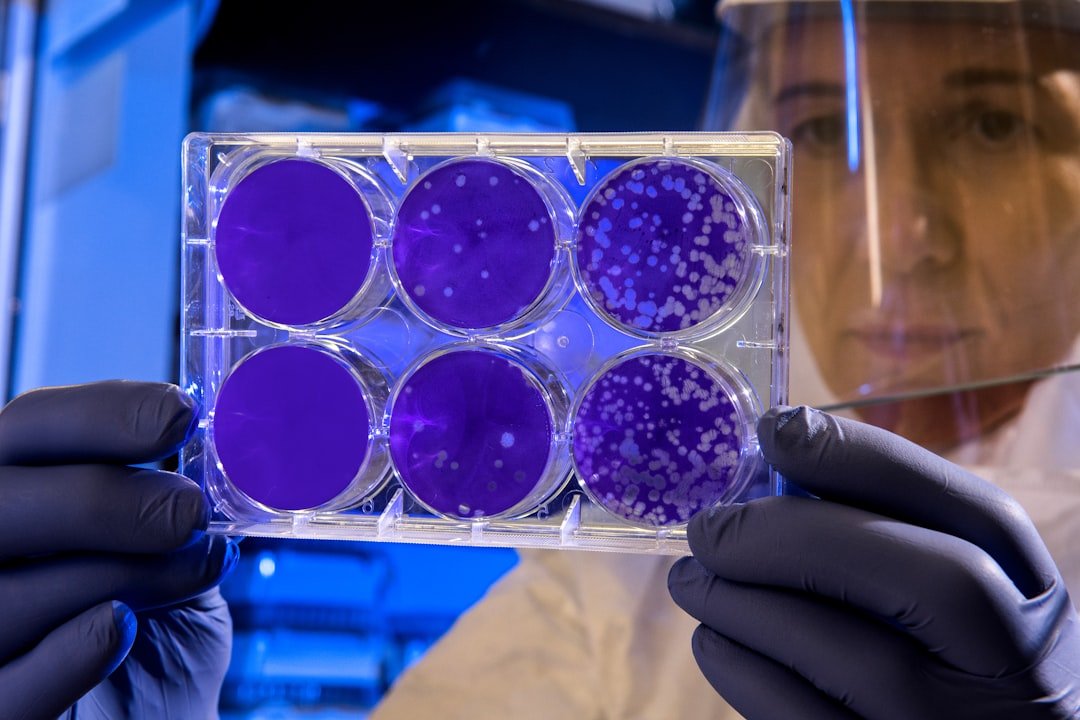
Scientists from UC San Francisco and Cedars-Sinai have developed a new way to prompt stem cells to form specific organs by programming a few “organizer” cells to coax other stem cells into forming rudimentary, organ-like structures. Think of it like having a construction foreman who knows exactly how to direct a team of workers to build something they’ve never built before.
The research team showed that these organizer cells can create structures that contract like a beating heart and have cavities resembling heart ventricles, with some structures growing fine appendages resembling blood vessels. What makes this breakthrough so remarkable is that researchers essentially wrote their own simple developmental programs from scratch, which they believe could lead to more effective ways to repair and regenerate the body.
The 3D Bioprinting Revolution Is Creating Real Organs
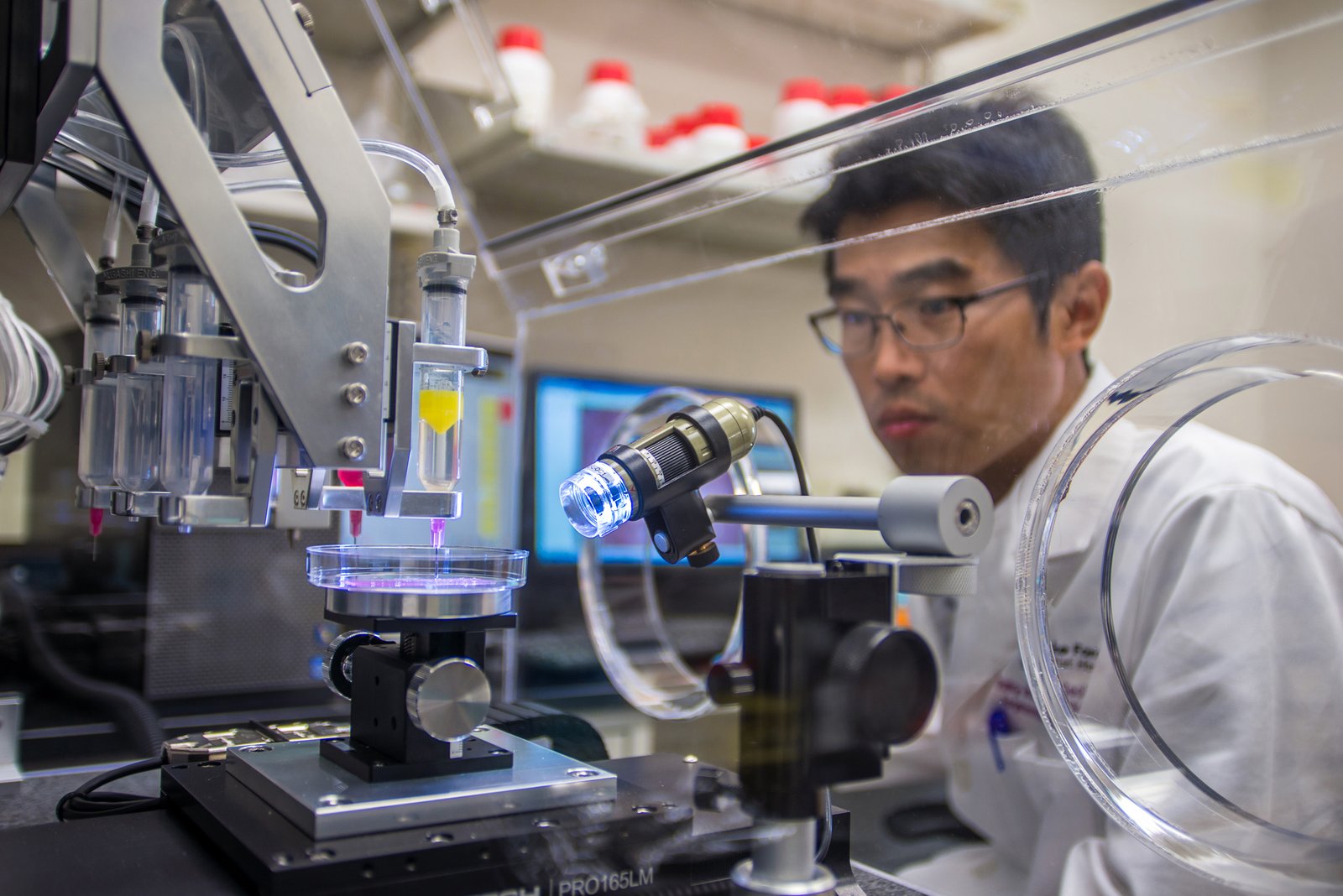
A breakthrough in bioprinting of living tissues could soon lead to 3D-printing of blood vessels and human organs, with researchers recently patenting a new elastic hydrogel material designed for 3D printing of soft living tissues. Unlike traditional hard implants, this technology tackles one of medicine’s biggest challenges – creating soft, stretchy tissues that behave like the real thing.
Soft tissues require elastic materials that can stretch and recoil – something existing materials previously lacked. This new material dissolves in liquid solution, can encapsulate large amounts of water to mimic the human body’s environment, and when exposed to blue light, triggers a photochemical reaction that makes the gel elastic without harming living cells. It’s like giving cells a comfortable, flexible home that actually behaves like real tissue.
Gene-Edited Pig Organs Are Successfully Working in Humans
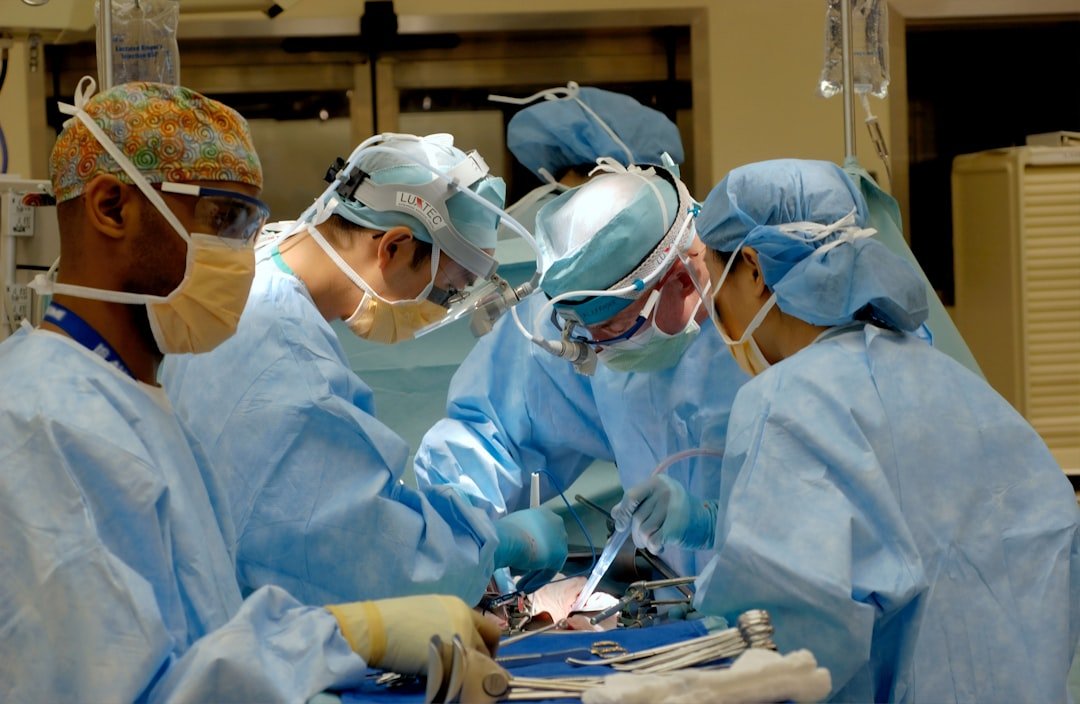
Using heterotopic auxiliary transplantation, researchers donated a six-gene-edited pig liver to a brain-dead recipient, with the graft producing goldish bile two hours after portal vein reperfusion and increasing to 66.5 ml by postoperative day 10. This isn’t science fiction anymore – it’s happening right now in operating rooms.
A team at Massachusetts General Hospital led by Harvard Medical School physician-scientists has for the second time successfully transplanted a genetically edited pig kidney into a living person, highlighting the promise of xenotransplantation to alleviate human organ shortages and save lives. The recipients have included Rick Slayman and Lisa Pisano, representing major milestones in xenotransplantation.
Stem Cells Are Being Reprogrammed to Build Missing Body Parts
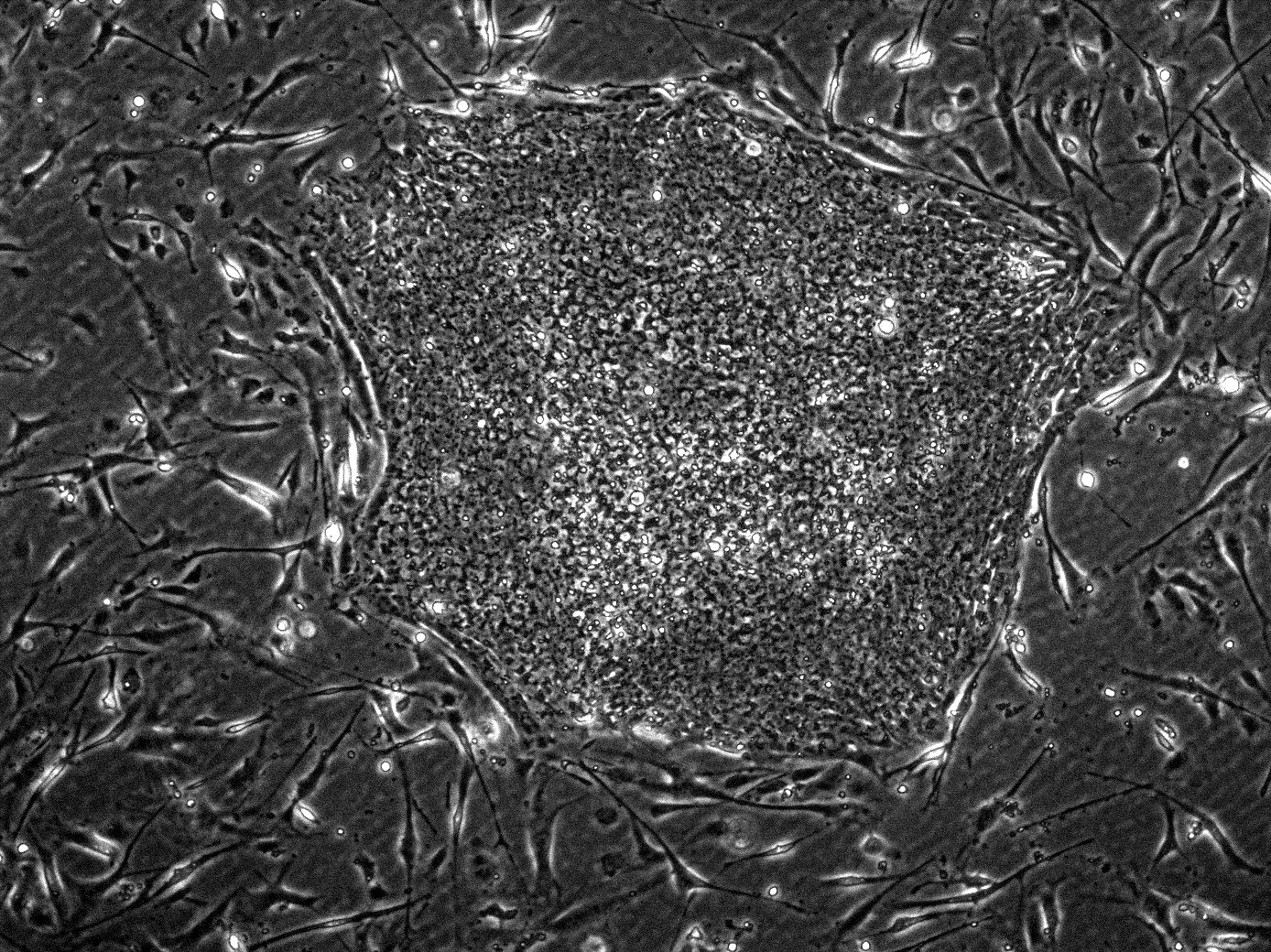
Regenerative medicine employs the self-renewal ability of stem cells to differentiate into numerous lineages, with regenerative engineering of organs representing an ever-expanding field aimed at developing biological replacements for dysfunctional organs or injured tissues. Scientists have figured out how to take these cellular blank slates and essentially give them new instructions.
An alternative approach to overcome the challenge of directing and integrating grafts is to repurpose cells present at the damage site by reprogramming them in situ with specific transcription factors, which has been particularly attractive for the adult heart. It’s like having a renovation crew that can transform existing rooms instead of building from scratch.
Lab-Grown Mini-Organs Are Teaching Us How Bodies Really Work
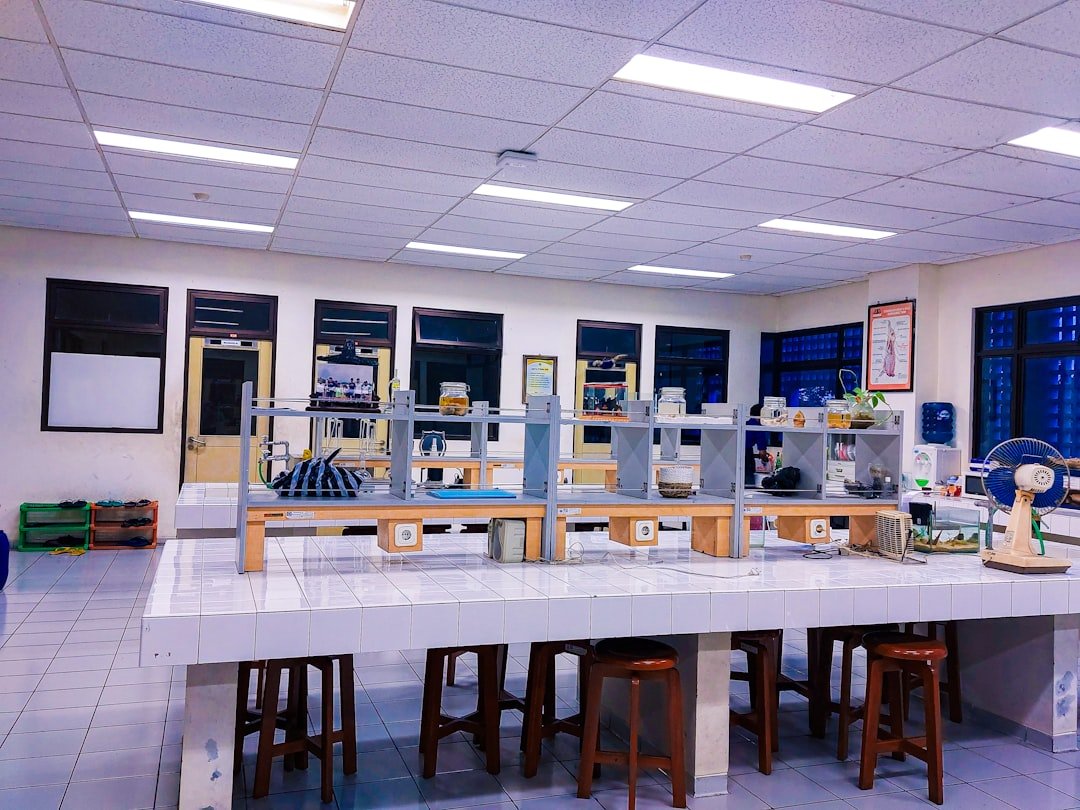
Organoid studies have verified that nearly all organs can be generated in the form of a mini-organ by recapitulating embryonic body patterning and establishing an organ-forming field among self-organizing pluripotent stem cells. These miniature organs aren’t just scientific curiosities – they’re becoming powerful tools for understanding disease and testing treatments.
Organoid technologies can currently only regenerate mini-organs with limited structural and functional recovery, but this technique could be applied as an assay system for drug discovery and as a means to cure damaged organs by transplanting multiple mini-organs and organ systems. Imagine having a tiny version of your liver or kidney that doctors could test different medications on before treating you.
Breakthrough Materials Are Solving the Vascularization Problem
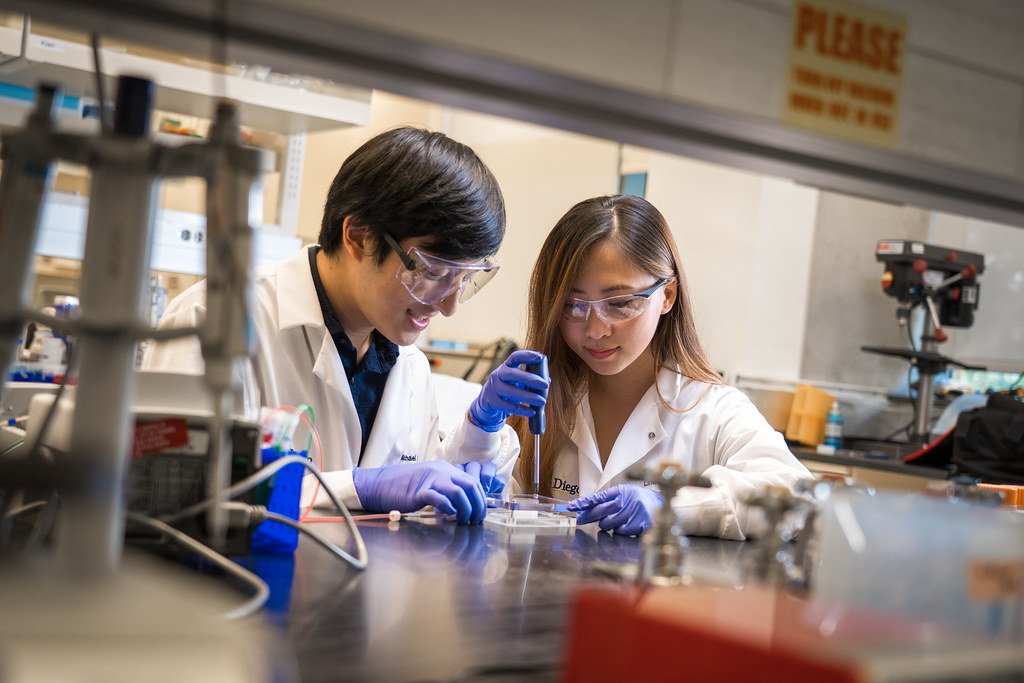
ECM scaffolds support cardiac cell function and integration, with key examples including decellularized cardiac matrices and elastin-based scaffolds, and are employed in regenerating skin, bone, cartilage, and nerve tissues. One of the biggest hurdles in organ engineering has always been creating the intricate network of blood vessels that keep tissues alive.
Researchers are working to speed up hydrogel’s degradation to dissolve within two to three months while cells mature into functional blood vessels, with the body naturally replacing the hydrogel to result in fully functional tissue or organs. It’s like building temporary scaffolding that dissolves away once the real structure is complete.
Clinical Trials Are Finally Beginning for Xenotransplantation
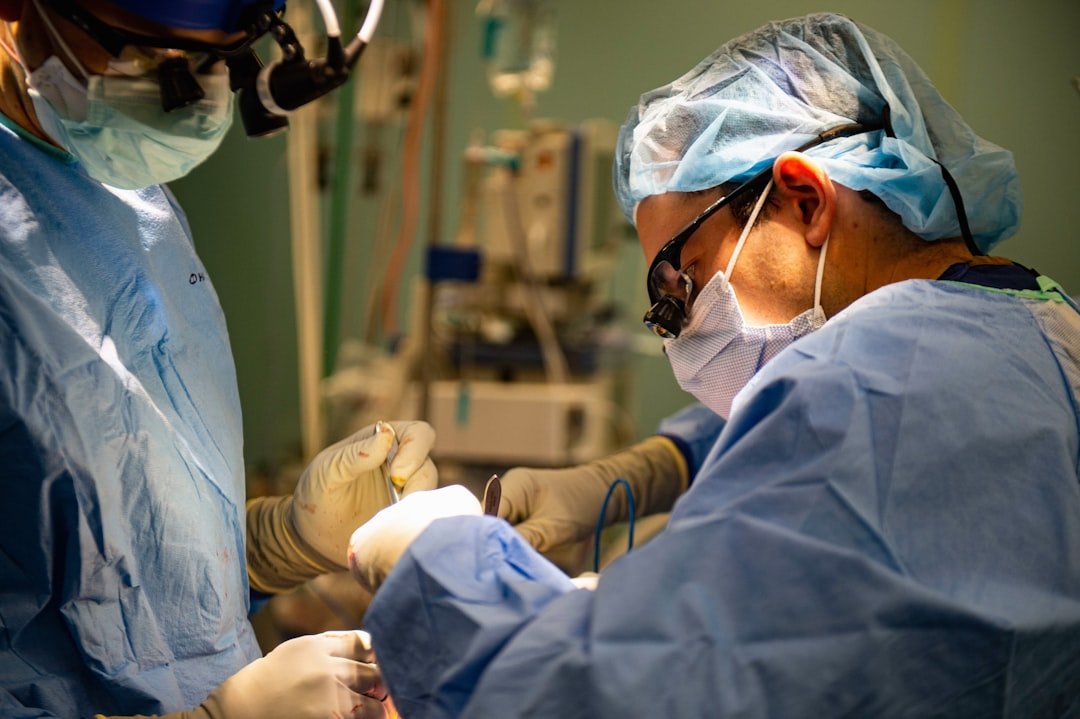
Up to 50 transplant patients will receive a genetically modified pig kidney in a clinical trial launching this summer, which researchers have long awaited as it would allow a broader and healthier range of individuals to be enrolled to better assess xenotransplant feasibility in a wider population. After decades of research, we’re finally moving from experimental procedures to systematic testing.
The FDA has allowed clinical trials in humans to begin in 2025, and after decades of research, the U.S. Food and Drug Administration approved the first human clinical trials to begin. Each transplant kidney will come from pigs with 10 gene edits, with participants either not qualifying for human kidney transplant listing or being on the transplant list but unlikely to receive an organ within five years.
Advanced Gene Editing Is Making Animal Organs Human-Compatible
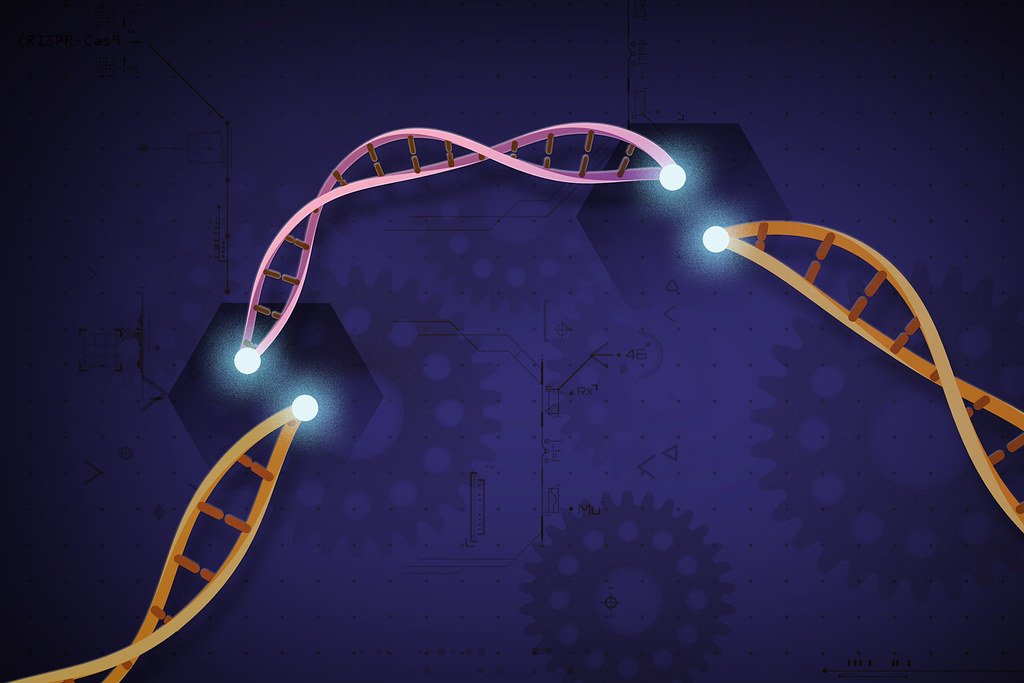
The kidneys had multiple genomic edits made with CRISPR/Cas9 technology, removing harmful pig genes, adding certain human genes to improve compatibility with humans, and inactivating viruses present in all pig genomes to eliminate risk of infection in the recipient. This level of precision editing would have been impossible just a few years ago.
In 2015, researchers used the CRISPR-Cas9 gene editing system to inactivate all 62 copies of porcine endogenous retrovirus found natively in pig genomes, with the significantly genome-edited kidney cells opening the door to pig-to-human xenotransplantation. Scientists are essentially rewriting the genetic code to make animal organs speak the same biological language as human bodies.
Tissue Engineering Is Overcoming Critical Size Limitations
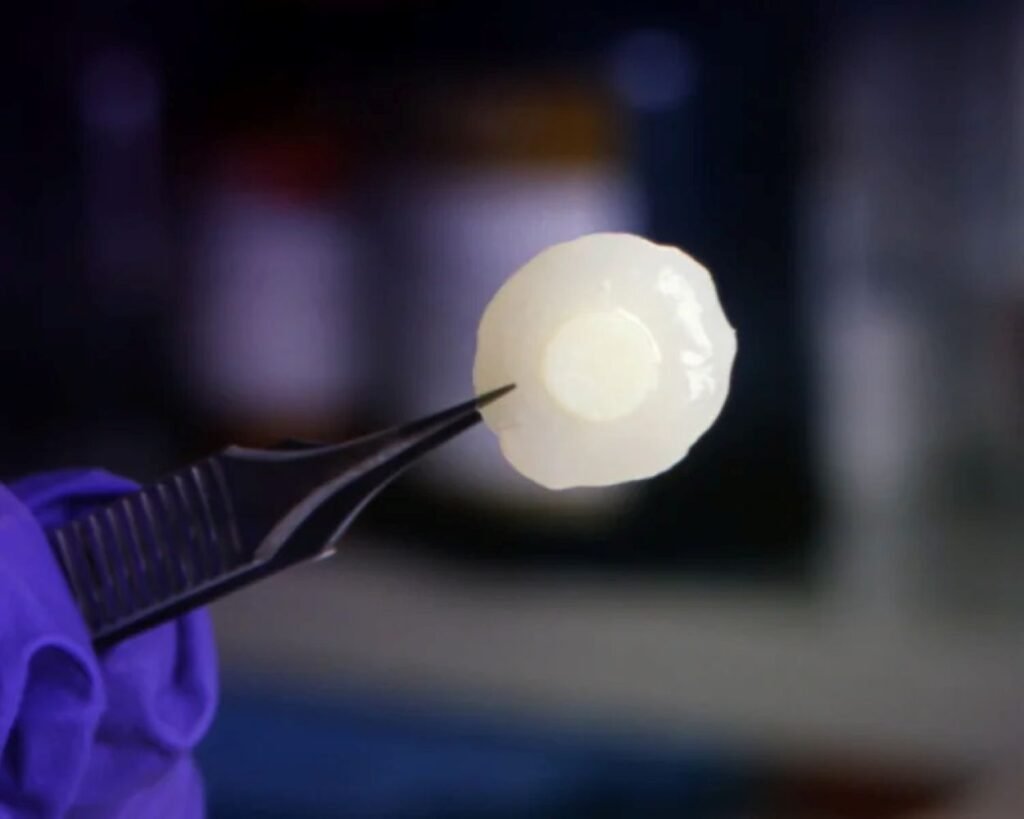
Clinical translation has been limited to thin, small, and/or acellular structures, with development of thicker tissues continuing to be limited by vascularization and other impediments. The challenge isn’t just growing cells – it’s growing them in the complex, three-dimensional structures that real organs require.
The ongoing advancement of novel biomaterial inks has enabled manufacturing of models and in vitro implants capable of achieving some level of success in preclinical trials, with remarkable progress in cell biology and biology-inspired computational design assisting in achieving planned tissue- or organ-like constructs having specific levels of functionality. We’re getting better at creating the biological equivalent of high-rise buildings instead of just single-story structures.
The Future Looks Incredibly Promising Despite Current Challenges
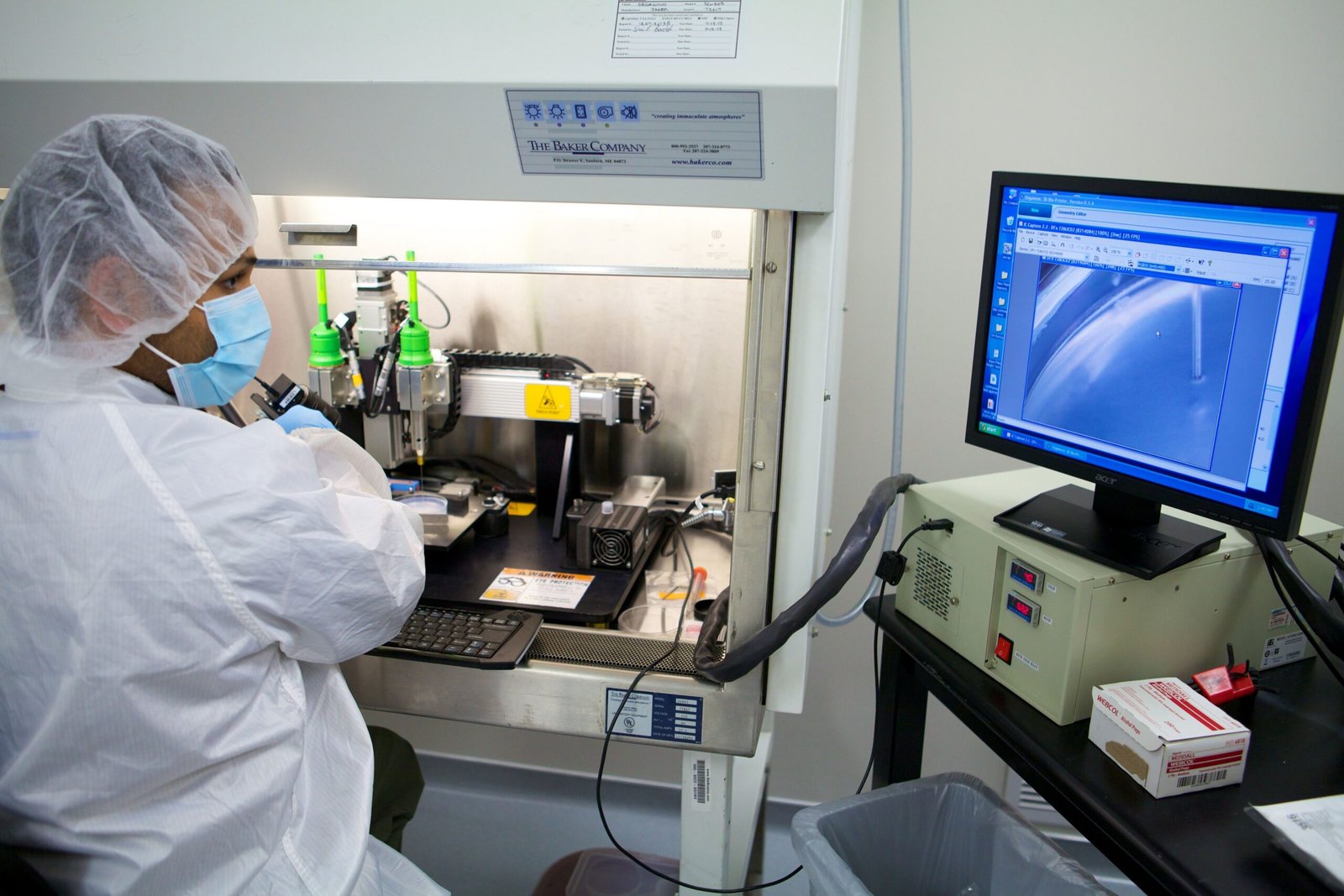
With the continuous update and progress of printing technology and its deeper integration with the medical field, many obstacles will have new solutions, including tissue repair and regeneration and organ reconstruction, with 3D printing technology providing a better solution to the problem of donor shortage. Every technical breakthrough brings us closer to solving the organ shortage crisis.
Ascending the summit of human regeneration demands an interdisciplinary effort that brings together biologists, biomedical engineers, and clinicians, with the view from the top revealing a transformed medical landscape that is able to seamlessly rejuvenate organs, ultimately extending human life span and health span. We’re not just fixing what’s broken – we’re reimagining what’s possible in human health.
Conclusion
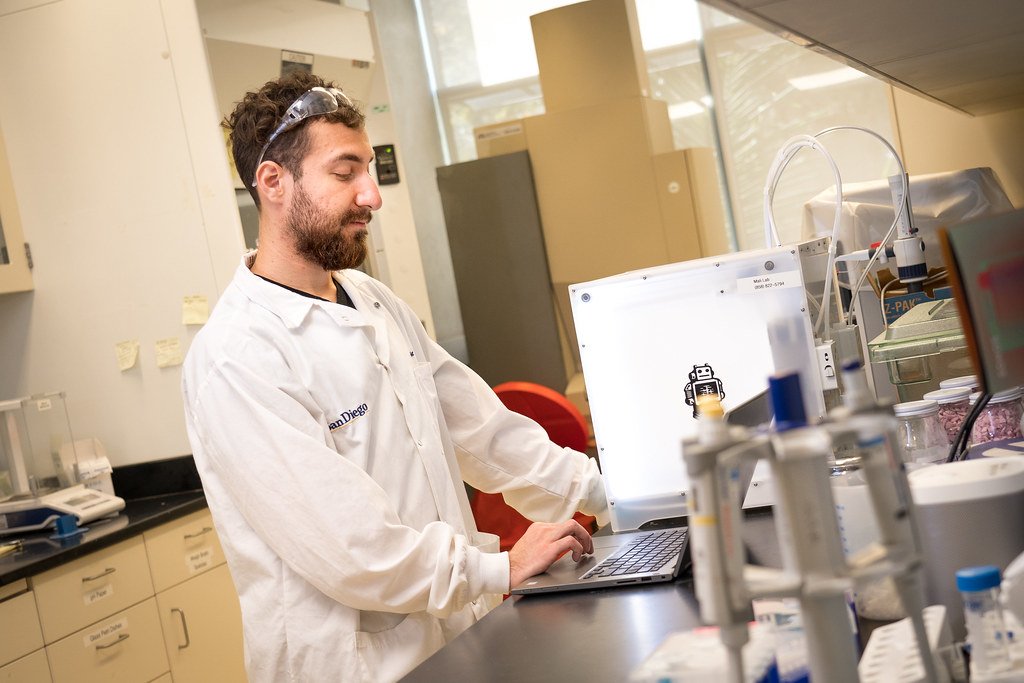
The science of rebuilding organs from scratch represents one of the most ambitious undertakings in human history. From programming cells to build hearts, to 3D printing blood vessels, to successfully transplanting gene-edited pig organs into living humans, we’re witnessing breakthroughs that seemed impossible just a decade ago. While challenges remain, the convergence of stem cell biology, advanced materials, gene editing, and bioprinting technologies is creating a future where organ failure may no longer mean death sentences.
The patients who’ve received these experimental treatments aren’t just medical cases – they’re pioneers helping to write the next chapter of human medicine. What started as desperate attempts to save individual lives is evolving into systematic approaches that could transform healthcare for generations to come. When you think about it, isn’t it amazing that we’re living through the birth of an entirely new form of medicine?

Jan loves Wildlife and Animals and is one of the founders of Animals Around The Globe. He holds an MSc in Finance & Economics and is a passionate PADI Open Water Diver. His favorite animals are Mountain Gorillas, Tigers, and Great White Sharks. He lived in South Africa, Germany, the USA, Ireland, Italy, China, and Australia. Before AATG, Jan worked for Google, Axel Springer, BMW and others.

